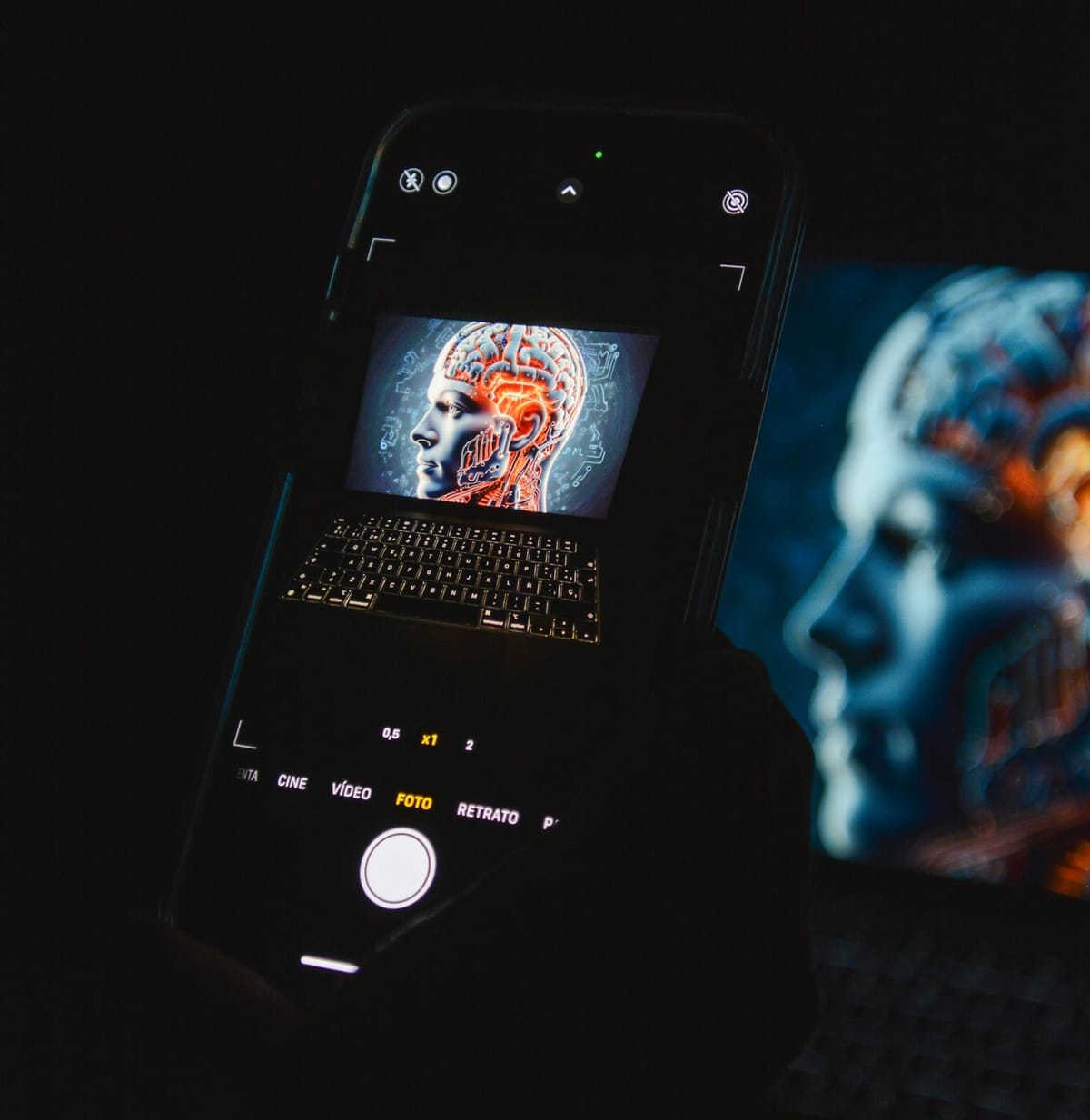The Empathy Illusion: Should AI Be Allowed to Simulate Human Emotions?
AI is learning to simulate empathy — but should it? Explore the ethical risks of synthetic emotion in chatbots, therapy, and digital companionship.

When a chatbot says, “I’m here for you,” does it mean it?
Increasingly, AI systems are designed not just to respond — but to empathize. From mental health apps that offer emotional support to virtual assistants with soothing voices, synthetic empathy is becoming a feature, not a glitch.
But here's the dilemma: Can machines truly feel empathy — or are they just mimicking it? And if it's fake, should we let them use it at all?
Welcome to the empathy illusion — a place where comfort, manipulation, and ethical uncertainty collide.
The Rise of Emotion-Simulating AI
AI models like GPT-4o, Replika, Woebot, and Pi.ai are trained not just on facts, but on emotional tone, conversational nuance, and human psychology. They can:
- Mirror your mood
- Offer encouraging words
- Acknowledge pain and joy
- Simulate emotional connection
Companies market this as “empathetic AI”, especially in customer support, coaching, companionship, and therapy contexts.
The tech works — in part — because humans are wired to anthropomorphize machines. When a chatbot says “That sounds really difficult,” our brains respond as if we’ve been heard.
But Can AI Really “Care”?
Short answer: No.
AI does not feel. It doesn’t understand joy, grief, fear, or relief. It predicts likely responses based on language patterns — not lived experience.
This gap creates an ethical minefield:
- Should emotionally vulnerable people interact with machines posing as empathetic?
- Is simulated care misleading — or comforting?
- Where’s the line between support and emotional manipulation?
Researchers call this the “empathy trap”: users may bond with systems that cannot reciprocate, leading to false trust and dependency.
The Business of Synthetic Compassion
Emotion-simulating AI isn’t just a feature — it’s a strategy. Brands are using it to:
- Diffuse customer frustration
- Boost retention in digital wellness apps
- Provide 24/7 companionship
- Improve user engagement metrics
But there’s a fine line between support and exploitation — especially when AI is trained to mirror users’ emotional states to keep them talking or spending.
Without transparency, this emotional design can easily become a form of manipulative UX.
Conclusion: Empathy Is a Human Responsibility
AI can simulate empathy, but it cannot be empathetic. And when synthetic feelings are used in high-stakes settings — therapy, caregiving, mental health — the risks grow.
True empathy involves intent, experience, and ethical responsibility — qualities machines don’t possess.
The illusion may be helpful in some cases. But if we don’t draw clear lines now, we risk confusing performance with care — and turning emotional intelligence into emotional theatre.


